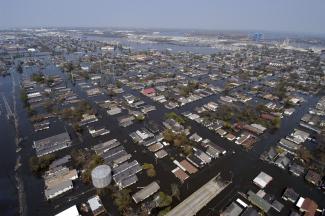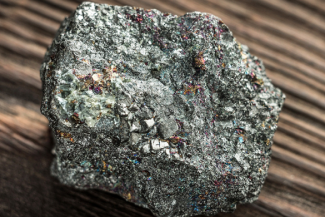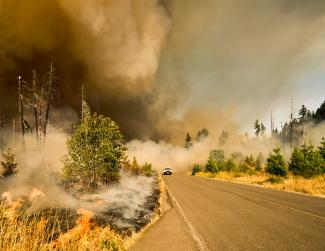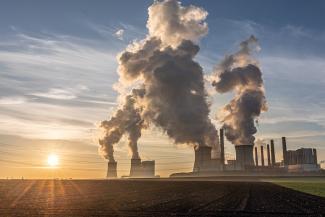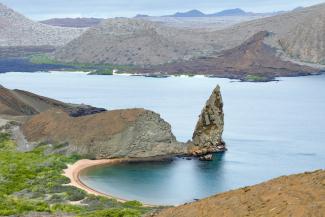Carbon, Capture, and Storage: History, Current State, and Obstacles for the Future (Part 2)

Part 1 of this two-part blog series explored the history and current use of carbon, capture, and storage (CCS). Part 2 discusses the policy challenges that limit CCS use and how these policies can be improved to expand it.
The biggest question is: if CCS can reduce carbon dioxide emissions so drastically, why isn’t everyone implementing it?
